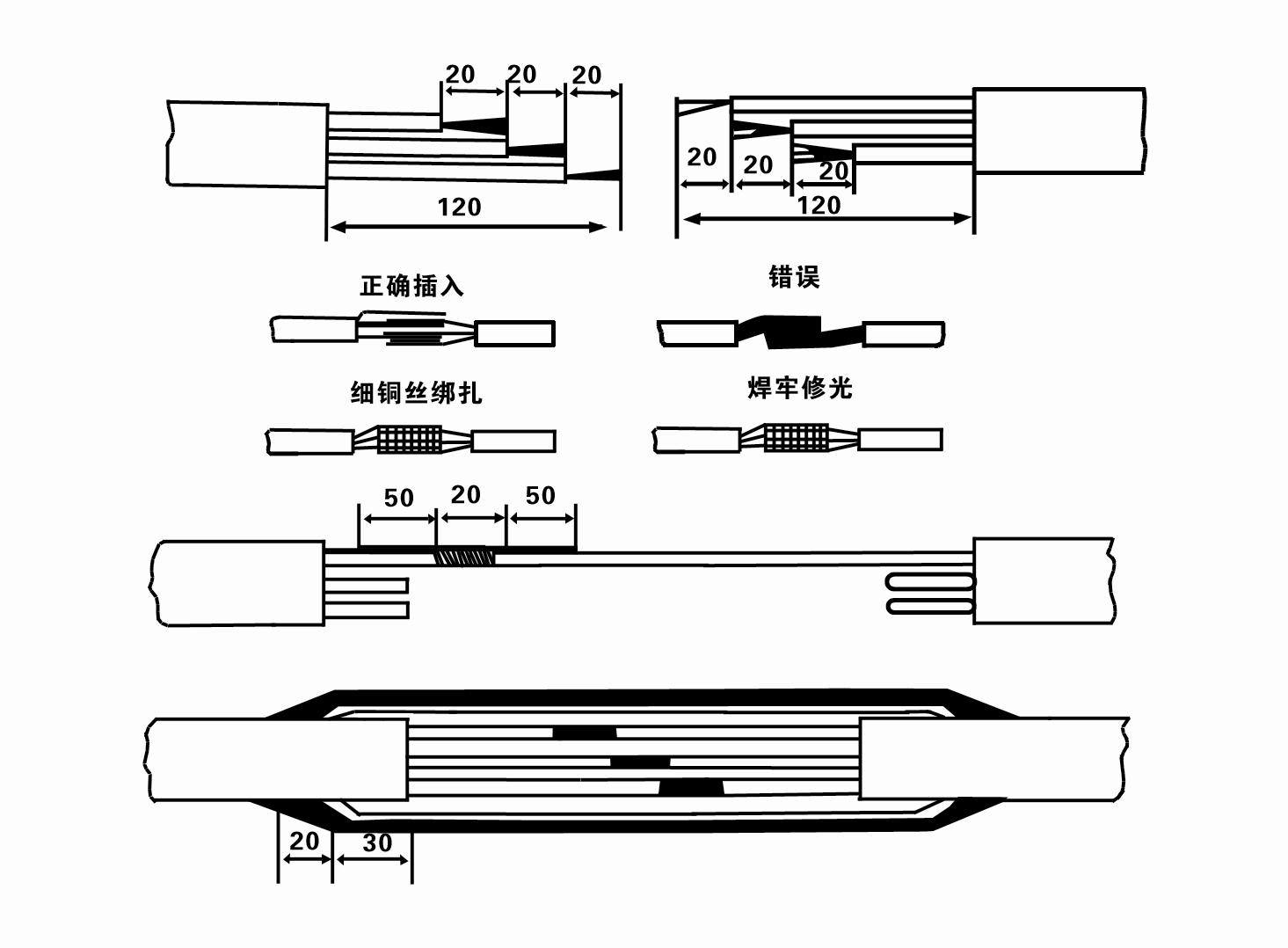10 月 . 16, 2024 18:16 Back to list
Choosing the Best Submersible Pumps for Your Well Needs and Requirements
Submersible Pumps for Wells An Overview
Submersible pumps play a critical role in modern water extraction techniques. Specifically designed to function underwater, submersible pumps are used in various applications, including agricultural irrigation, municipal water supply, and residential water extraction from wells. This article will delve into the characteristics, benefits, applications, and considerations associated with submersible pumps for wells.
What is a Submersible Pump?
A submersible pump is a type of pump that is submerged in the fluid it is intended to pump. Unlike traditional pumps that draw water from the surface, submersible pumps are submerged in the well, pushing water up to the surface. They operate by converting electrical energy into kinetic energy, allowing for efficient fluid movement through the pump mechanism. These pumps typically consist of a motor, a pump body, and a discharge head, all of which work together to provide effective water extraction.
Key Features of Submersible Pumps
1. Design Submersible pumps are designed to be compact and streamlined, enabling them to fit easily into narrow well casings. Their robust construction typically includes corrosion-resistant materials, which enhances durability and longevity.
2. Motor Configuration These pumps use a hermetically sealed motor that is located below the pumping mechanism. This design ensures that the motor operates under water, providing cooling and enhancing efficiency while minimizing the risk of electrical hazards.
3. Multi-stage Mechanism Many submersible pumps utilize a multi-stage impeller system. This allows them to generate high pressure, making them suitable for deep well applications where water needs to be lifted from considerable depths.
Benefits of Submersible Pumps
1. Efficiency Submersible pumps are highly efficient due to their ability to operate underwater, resulting in lower energy consumption compared to traditional pumps. Their design minimizes hydraulic losses, which allows for more effective pumping.
2. Space-saving Their compact size means that submersible pumps can fit into spaces that may be too small for larger surface pumps. This is particularly advantageous for residential wells where space is limited.
3. Reduced Noise Levels As submersible pumps are located deep within the well, they operate more quietly than surface pumps. This is often a preferable option for residential areas where noise pollution can be a concern.
4. Less Maintenance Submersible pumps require less maintenance than traditional pumps. Since they are fully submerged, they are protected from the elements and external contaminants, reducing wear and tear.
submersible pumps for wells

Applications of Submersible Pumps
Submersible pumps for wells are employed in a variety of settings, including
- Agriculture Used for irrigation purposes, submersible pumps can efficiently deliver water to crops, even from deep wells. - Municipal Water Systems Many communities rely on submersible pumps to supply water to residents. These pumps can be found in wells that provide both potable and non-potable water.
- Industrial Uses In various industrial processes, submersible pumps are utilized to extract water for cooling and cleaning purposes, or even for drilling operations.
- Residential Use Homeowners often use submersible pumps to draw water from private wells for drinking, cooking, and maintaining landscaping.
Considerations When Choosing a Submersible Pump
When selecting a submersible pump for a well, several factors should be considered
1. Well Depth Understanding the depth of the well is crucial as it determines the lifting capacity required of the pump.
2. Flow Rate The desired flow rate (measured in gallons per minute) will influence the choice of pump. Different pumps offer varying flow rates, so match the pump to the specific water needs.
3. Power Source Ensure that the available power source (electricity or solar power) is compatible with the pump’s requirements.
4. Installation and Maintenance Consider whether the pump will be installed professionally or if it can be a DIY project. Additionally, inquire about the maintenance services offered to keep the pump functioning optimally.
Conclusion
Submersible pumps are an essential component in the efficient extraction of water from wells. Their design, efficiency, and versatility make them suitable for a range of applications, from agricultural to residential needs. By understanding the features and considerations associated with these pumps, users can make informed decisions to ensure they meet their water extraction requirements effectively.
-
Your Guide to Deep Well Pumps
NewsOct.31,2024
-
Why Choose a Stainless Steel Deep Well Pump?
NewsOct.31,2024
-
Understanding Water-Filled Submersible Pumps
NewsOct.31,2024
-
Understanding SS Submersible Pumps
NewsOct.31,2024
-
Reliable Submersible Well Pumps for Your Water Supply Needs
NewsOct.31,2024
-
Choosing the Right Submersible Pump for Your Water Management Needs
NewsOct.31,2024
-
 Understanding Water-Filled Submersible PumpsWhen it comes to selecting the right pump for your water management needs, understanding the different types available is crucial.Detail
Understanding Water-Filled Submersible PumpsWhen it comes to selecting the right pump for your water management needs, understanding the different types available is crucial.Detail -
 Guide to Installing a Deep Well Submersible PumpWhen dealing with deep wells, a deep well submersible pump is often the most effective solution for extracting water from significant depths.Detail
Guide to Installing a Deep Well Submersible PumpWhen dealing with deep wells, a deep well submersible pump is often the most effective solution for extracting water from significant depths.Detail -
 Finding the Right Submersible PumpWhen seeking an efficient solution for pumping water from deep wells, sumps, or other applications, the submersible pump is a leading choice.Detail
Finding the Right Submersible PumpWhen seeking an efficient solution for pumping water from deep wells, sumps, or other applications, the submersible pump is a leading choice.Detail
